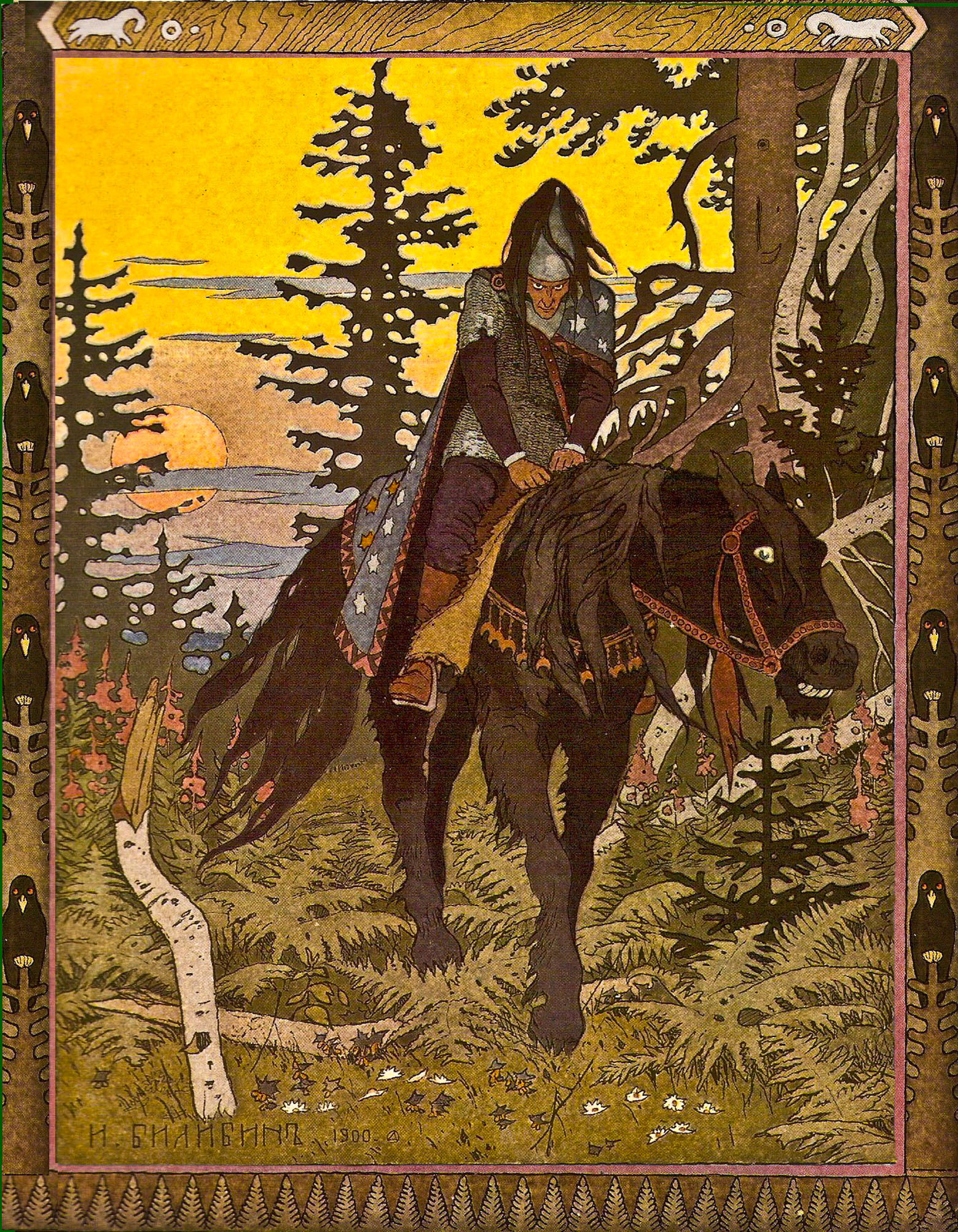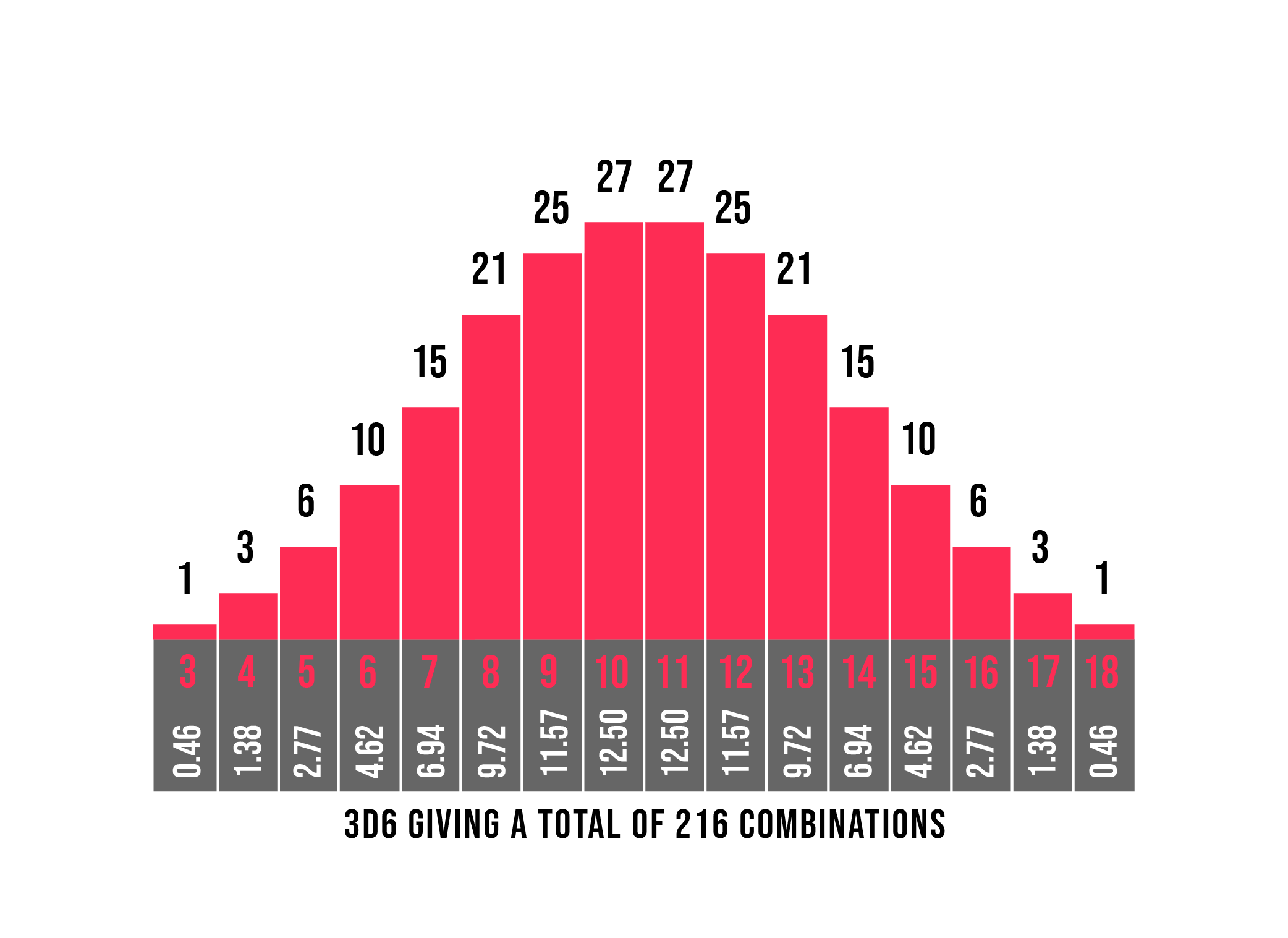Social Status - the lurking 7th Ability stat
May 1, 2020 21:31:52 GMT -6
Zenopus, flightcommander, and 5 more like this
Post by tdenmark on May 1, 2020 21:31:52 GMT -6
On page 10 of Men & Magic a simple formula for starting Gold Pieces is given:
"Each player notes his appropriate [ability] scores, obtains a similar roll of three dice to determine the number of Gold Pieces (Dice score x10) he starts with,"
It was noted in another thread that this can be interpreted as your character's Social Status. It has the exact same range 3-18 of all other abilities, is determined the same way, and is in the same step of character creation.
Today I was re-reading issue #70 of Dragon Magazine from February of 1983 and stumbled across an article by Gary Gygax describing a Social Status system for Advanced Dungeons & Dragons. He hints that it will be in the forthcoming expansion volume. I assume that became Unearthed Arcana. In his typical Gygaxian way he systematized social status into multiple tiers from Lower Lower Class, to Middle Middle Class, to Upper Upper class and everything in between. Also adding birth tables and corresponding Non-Human races.
So taking off from there here is a proposal for a very "white box" Social Status stat:
Roll 3d6 to determine your character's Social Status score
3-4 Lowest Class
5-9 Lower Class
10-14 Middle Class
15-18 Upper Class
19+ Royalty
Lowest Class: These are the dregs of society. Freed slaves, peasants, tinkers, vagabonds, beggars, criminals, common thieves and assassins
Lower Class: This is most people. Herdsmen, laborers, peddlers, actors, jugglers, men-at-arms, freemen, tradesmen, petty officers, money-changers, tax collectors, mountebanks, fences
Middle Class: Artisans, craftsmen, petty merchants, junior officers, bankers, landless knights, landed gentry, merchants, petty officials, senior officers, landless petty nobles, guild masters, great merchants, military commanders, officials, doctors, priests, landless nobles
Upper Class: Great landed gentry, generals and marshals, greater officials, knights, commanders, bishops, lesser nobles
Royalty: Great nobles, sovereign nobility, royalty
Parent’s Marital State roll 1d12
1-8: married, character is legitimate
9-10: character is an orphan
11+: unmarried, character is a bastard
Birth Order: roll 1d12 twice. The higher number is the number of children in the family. The lower number is the order in birth your character is.
First born generally inherits most or all the wealth, land, and titles. Subsequent born inherits proportionately less. In some cultures the children inherit their parent’s debt as well.
Your character's starting wealth is Social Status x10 in Gold Pieces. (30-180 GP)
Your class could have an effect, so each 2 or 3 levels you could gain +1 to your Social Status. There would be certain perks associated with them, advantages and disadvantages to each tier.
"Each player notes his appropriate [ability] scores, obtains a similar roll of three dice to determine the number of Gold Pieces (Dice score x10) he starts with,"
It was noted in another thread that this can be interpreted as your character's Social Status. It has the exact same range 3-18 of all other abilities, is determined the same way, and is in the same step of character creation.
Today I was re-reading issue #70 of Dragon Magazine from February of 1983 and stumbled across an article by Gary Gygax describing a Social Status system for Advanced Dungeons & Dragons. He hints that it will be in the forthcoming expansion volume. I assume that became Unearthed Arcana. In his typical Gygaxian way he systematized social status into multiple tiers from Lower Lower Class, to Middle Middle Class, to Upper Upper class and everything in between. Also adding birth tables and corresponding Non-Human races.
So taking off from there here is a proposal for a very "white box" Social Status stat:
Roll 3d6 to determine your character's Social Status score
3-4 Lowest Class
5-9 Lower Class
10-14 Middle Class
15-18 Upper Class
19+ Royalty
Lowest Class: These are the dregs of society. Freed slaves, peasants, tinkers, vagabonds, beggars, criminals, common thieves and assassins
Lower Class: This is most people. Herdsmen, laborers, peddlers, actors, jugglers, men-at-arms, freemen, tradesmen, petty officers, money-changers, tax collectors, mountebanks, fences
Middle Class: Artisans, craftsmen, petty merchants, junior officers, bankers, landless knights, landed gentry, merchants, petty officials, senior officers, landless petty nobles, guild masters, great merchants, military commanders, officials, doctors, priests, landless nobles
Upper Class: Great landed gentry, generals and marshals, greater officials, knights, commanders, bishops, lesser nobles
Royalty: Great nobles, sovereign nobility, royalty
Parent’s Marital State roll 1d12
1-8: married, character is legitimate
9-10: character is an orphan
11+: unmarried, character is a bastard
Birth Order: roll 1d12 twice. The higher number is the number of children in the family. The lower number is the order in birth your character is.
First born generally inherits most or all the wealth, land, and titles. Subsequent born inherits proportionately less. In some cultures the children inherit their parent’s debt as well.
Your character's starting wealth is Social Status x10 in Gold Pieces. (30-180 GP)
Your class could have an effect, so each 2 or 3 levels you could gain +1 to your Social Status. There would be certain perks associated with them, advantages and disadvantages to each tier.




